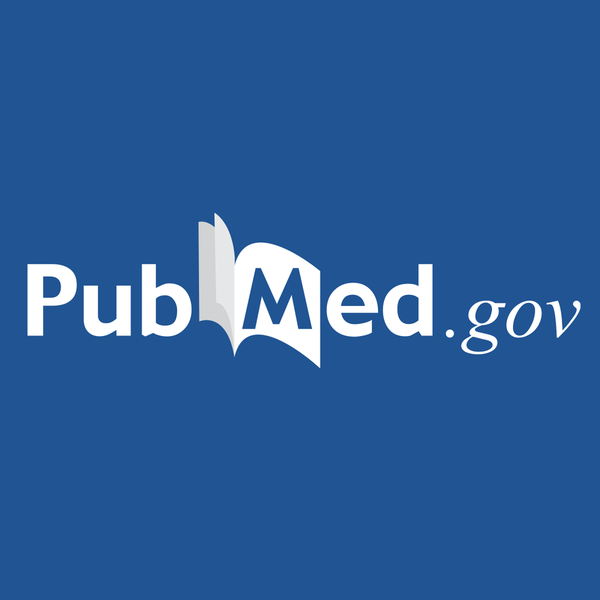
Risk factors for severe COVID-19 outcomes: a study of immune-mediated inflammatory diseases, immunomodulatory medications, and comorbidities in a large US healthcare system
Background: COVID-19 outcomes, in the context of immune-mediated inflammatory diseases (IMIDs), are incompletely understood. Reported outcomes vary considerably depending on the patient population studied. It is essential to analyse data for a large population, while considering the effects of the pandemic time period, comorbidities, long term use of immunomodulatory medications (IMMs), and vaccination status.
Methods: In this retrospective case-control study, patients of all ages with IMIDs we
Methods: In this retrospective case-control study, patients of all ages with IMIDs we




